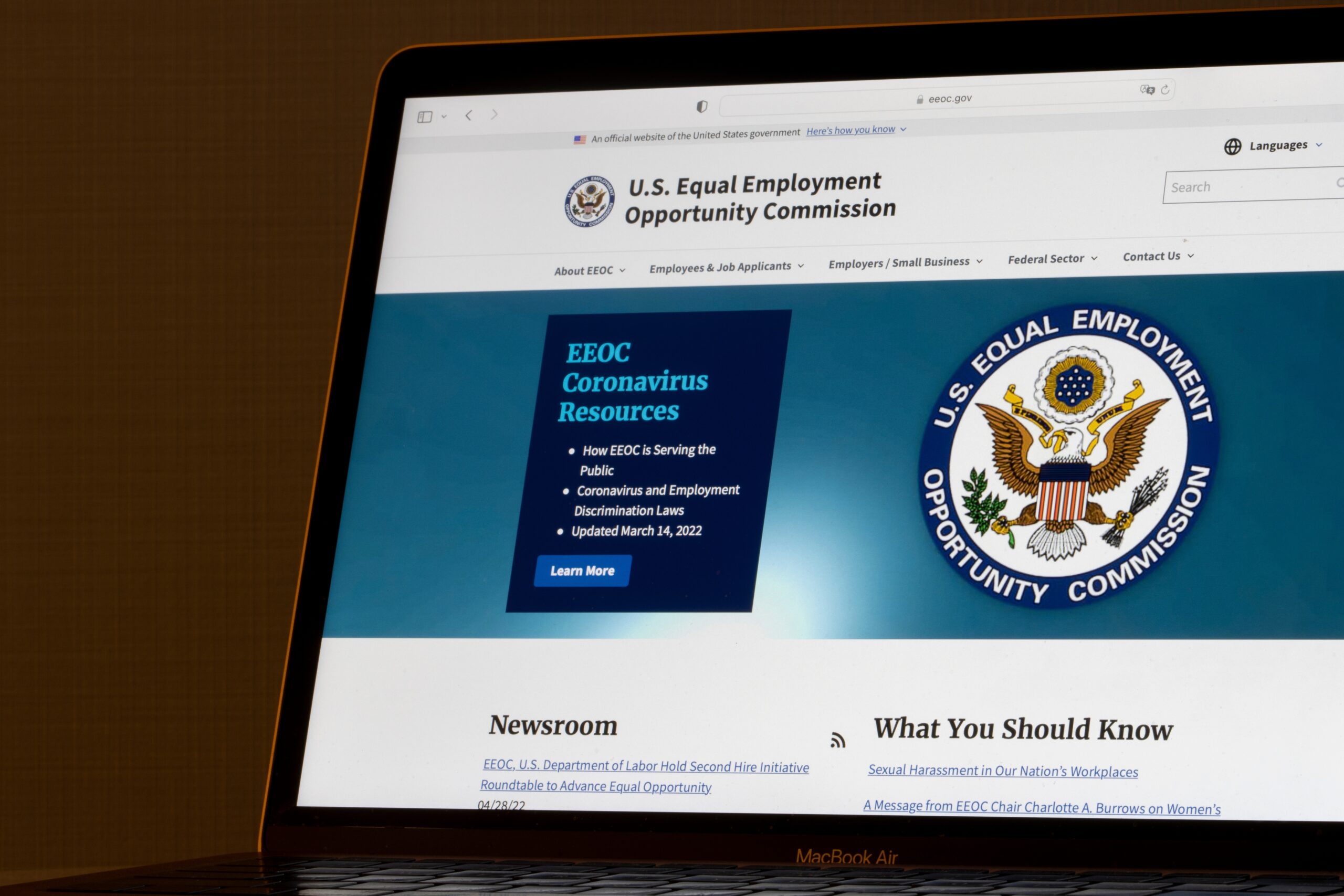This is the second in a series of introductory guides to help you navigate the alphabet soup of federal labor and employment agencies. Throughout the federal government, there is agency overlap and the pendulum often swings with each new President in the White House. Ultimately, the general framework for each agency’s mission and the statutes they enforce remains little changed. Below is an introductory guide to the U.S. Equal Employment and Opportunity Commission to help you better understand its mission and mandates.
Equal Employment Opportunity Commission (EEOC)
EEOC was established in 1964 by the Civil Rights Act to implement and enforce laws that prohibit employment discrimination based on protected characteristics. The list of protected characteristics has grown over the years and includes: race, color, religion, sex (including pregnancy and related conditions, gender identity, and sexual orientation), national origin, age (40 or older), disability, or genetic information. Such discrimination can occur with respect to: hiring, firing, promotion, harassment, training, wages, and benefits.
Most employers, labor unions, and employment agencies with at least 15 employees are covered by the laws EEOC enforces. Age discrimination cases require 20 employees. State and local government agencies with 15 or more employees are covered by the laws EEOC enforces regarding race, color, religion, sex, national origin, age (regardless of the number of employees), or disability discrimination.
EEOC’s Mission: “Prevent and remedy unlawful employment discrimination and advance equal opportunity for all.”
For more information about the EEOC you can visit its website here.
